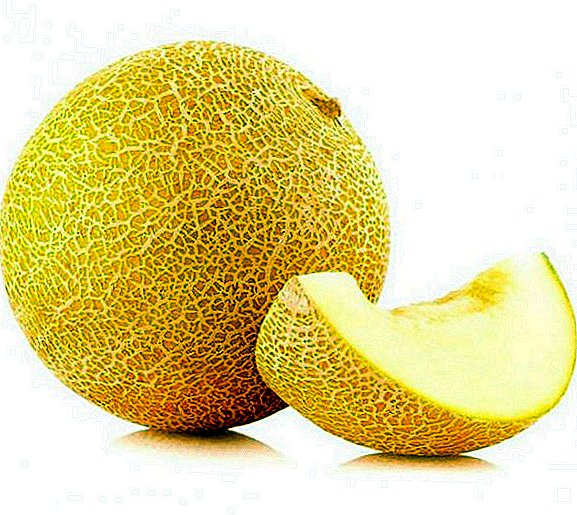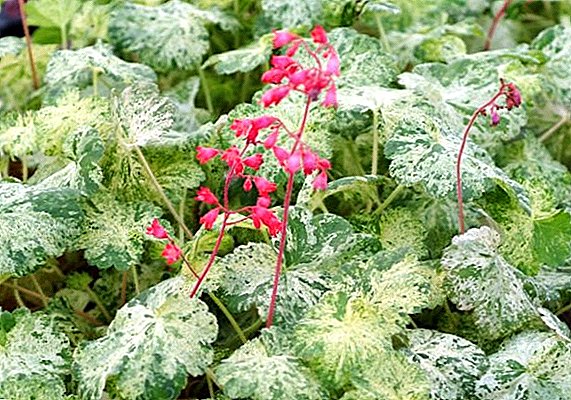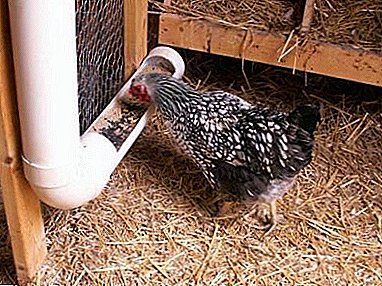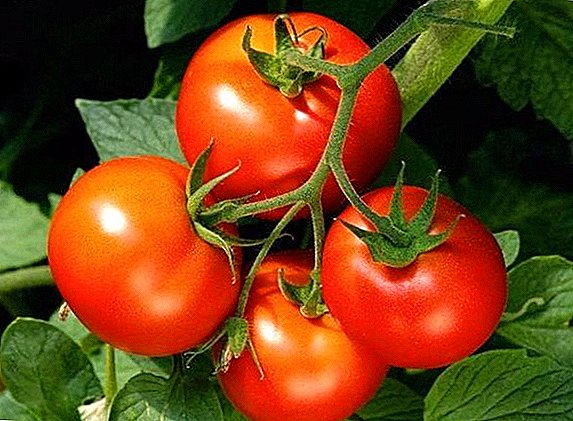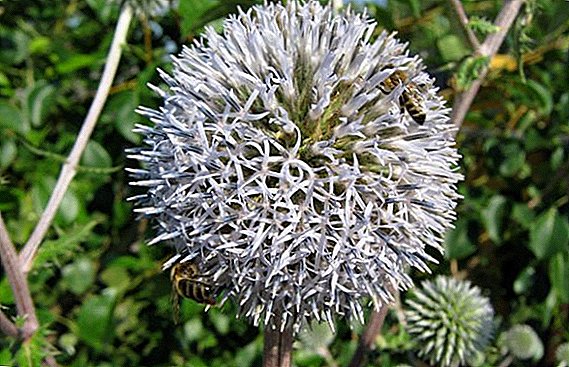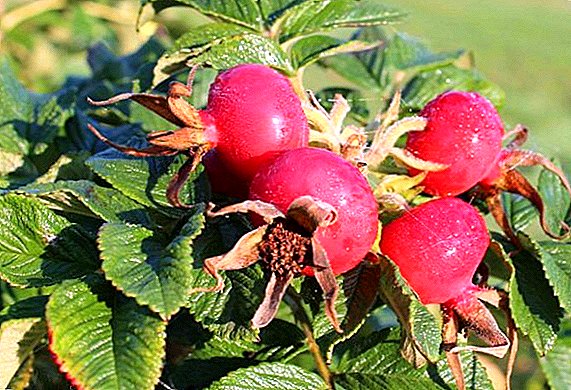
Beetroot is an affordable and healthy vegetable. People suffering from gastritis, have to adhere to a specific diet, they want to know about the risks associated with the use of this root. The article will examine the features of the use of beets for different types of gastritis. Beetroot is a healthy and nutritious root vegetable that has a whole range of nutrients.
Without them, the normal operation of the body is impossible. That is why burak is often used as an additional or main component in various dishes. Apply it not only compatriots, but also cooks from all over the world. However, not everything is so simple with a tasty root vegetable, especially if the gourmet has health problems. The product is used to treat various diseases of the gastrointestinal tract, but it is important to understand whether beet is used for gastritis.
Can I use with a disease of the stomach or not?
Consider the conditions under which the disease can eat a vegetable, and under which it is impossible.
The positive impact of beets on the activity of the gastrointestinal tract is as follows:
- accelerates food digestion processes;
- prevents inflammation;
- heals and restores, regenerates the affected areas of the mucous, due to the presence of rare vitamin U;
- improves peristalsis due to the presence of fiber in the composition;
- replenishes the body with beneficial microelements (sodium, iron, iodine, phosphorus), supporting the patient’s immune system.
Rules for taking beets, depending on the degree of exacerbation of the disease:
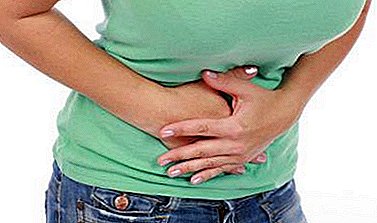 In remission.
In remission.During this period, it is safe for any type of disease to eat vegetables in boiled form. In case of low-acid gastritis, it is allowed to add fresh root vegetables to the diet, but it is undesirable to add burning spices to the recipe.
- In chronic.
In chronic high-acid gastritis, heat-treated beets help reduce pain. Vegetable stops inflammatory processes. Crude product can trigger the transition of the disease to the acute phase.
- In the acute stage.
During this period, you should stop using fresh beets, as well as drink beet juice for any type of disease (for details on the benefits and harms of beetroot and carrot juice and how to take it, read here). Allowed to use vegetables after heat treatment.
Patients with gastritis should beware of including a root vegetable in the following cases:
- acute stage of the disease;
- exacerbation of ulcers and inflammatory processes of the gastrointestinal mucosa (about whether people can eat beets with a stomach ulcer and duodenal ulcer, read here);
- diarrhea, as the root crop accelerates peristalsis.
The difference in the use of vegetables with high and low acidity
The difference in the use of beets with hyperacid and hypoacid gastritis is the difference in the ways of processing the root crop for further use in the diet.
Consider both variants of the disease.:
- Gastroenterologists suggest actively including a root vegetable in the menu of a patient with low-acid secretion, as it stimulates the production of gastric juice.
It is necessary to be careful when eating a vegetable in its raw form, therefore, in the recipe of the beet dish, root crops are recommended to be thermally processed.
- With high-acid secretion, doctors warn patients against frequent ingestion of vegetables in a heat treatment and from receiving raw. Since the menu of this category of patients should consist of products whose action is aimed at blunting the production of hydrochloric acid.
Does the cooking method matter?
How beets are cooked depends on the benefit or harm of people suffering from gastritis. Consider the methods of preparation of the product and the possible effects on the body.
Baked
This type of heat treatment is best suited for nutrition in case of illness with any kind of secretion of gastric juice. Baked root vegetables are useful, they mobilize the body's defenses.
Raw
We list the causes of possible side effects.:
 Solid root vegetables contain a lot of coarse dietary fiber - fiber.
Solid root vegetables contain a lot of coarse dietary fiber - fiber.When digesting can injure the gastric mucosa. Cellulose as if "scrapes" the upper layer of the mucous membrane, causing pain.
Beets, splitting, secrete hydrochloric acid, which can damage the mucous membranes. As a result, new ulcers and erosion are formed, and old ones can grow.
Raw beets can accumulate toxic substances. To reduce the risk of poisoning, it is better to cut the dangerous area, located closer to the tops.
Boiled
Beets, cooked by the method of cooking, it is recommended to use, in order to relieve inflammation, to reduce the pain caused by the exacerbation of hyperacid gastritis with high acidity. It will give strength and help the body cope with pathogenic microflora. A boiled vegetable is characterized by the fact that it preserves nutrients..
To do this, you need to know how to properly conduct the cooking process:
- Beets must be thoroughly cleaned from the ground.
- Cut the roots, leaving a few centimeters above the place of growth.
- Put in a saucepan and add water to completely cover the vegetables.
- Water does not add salt, you can add a few drops of lemon juice.
- Boil the vegetable should be in the peel, while cooking, do not pierce.
- Cooking time depends on the size of the root - from 20 to 30 minutes.
- After cooking, pull out the beets and rinse with cold water.
Boiled beets can be eaten with any form of gastritis. It is important to observe moderation.
Pickled and Pickled
In any form of the disease it is categorically not recommended to include in the food a vegetable prepared by the method of pickling or pickling. Especially, recipes using hot spices.
Beet Juice
Freshly squeezed juice made from vegetables, abrasive substance, has a strong irritant effect on the gastrointestinal tract. It can be drunk for people who develop the disease with a decrease in acid levels.
 Experts recommend to adhere to the following rules when using beet juice for gastritis:
Experts recommend to adhere to the following rules when using beet juice for gastritis:
- Due to the sokogonnym action of the product, the stomach is easier to digest food with reduced secretion.
- You can not drink the juice in the acute stage of the disease.
- In large quantities, the product may cause a reaction to the body: nausea, dizziness, weakness.
- Store juices with a large number of preservatives and additives for treatment, it is undesirable to use.
- In the presence of nitrates and other harmful substances, if the beets are not grown in an environmentally clean area, the harm from the juice may exceed the benefits.
Possible negative consequences
Gastritis causes damage to the mucosa.which as a result becomes very sensitive.
Beets, included in the patient's diet with hyperacid gastritis, as a product with a strong irritant property, can lead to various undesirable symptoms.
The following ailments may occur in a patient when eating a raw vegetable:
- injury of the gastric mucosa by mechanical action of fiber;
- the appearance of edema of mucous surfaces;
- allergic skin rash;
- a strong feeling of nausea and dizziness, weakness.
Features of eating
Patients with gastritis can use beets in their diets, but they must follow the rules for their use (dosage, frequency of administration, type of treatment), and only in this case such people will be able to minimize possible risks.
Dosage
The optimal dose of the use of vegetables or beet juice can recommend a doctortherefore, you should consult with a specialist before starting juice therapy or entering a root crop into a diet.
You can find out if a vegetable can be eaten every day, what is the norm and what threatens to exceed it.
In what form is it possible to eat?
Beetroot well retains useful properties, it must be introduced into the diet of a patient with gastrointestinal pathology, especially in spring (you can find out the chemical composition of the red root, as well as the benefits and harm to beets for human health in a separate material).
Allowed to take root vegetables in the following types:
 Boil vegetables until softened, peel, grate. You can add finely chopped greens (dill, parsley) as a seasoning to the dish, and salt to taste.
Boil vegetables until softened, peel, grate. You can add finely chopped greens (dill, parsley) as a seasoning to the dish, and salt to taste.- Vegetables are rubbed and used as a component for casseroles.
- You can use young beet leaves for cooking soups. It should be thoroughly washed and chopped. This plant contains many vitamins and healthy substances.
- Root vegetables can be baked in the oven. To do this, wash the vegetables, wrapped in foil and put in the oven for 15-20 minutes, the temperature - 200 ° C. Baked beets are used in salads.
- In remission it is possible to eat raw beets, but for this it should be processed in the following way. Vegetable should be grated, then hold in the cold for several hours. Add to salads, mixing with other vegetables.
- For the preparation of beet juice you need to take ripe vegetables, with a dense skin, smooth bright burgundy color.
Eating fresh juice is only needed after it is set aside, since it contains toxins that are susceptible to decay only with the access of oxygen.
- For filling dishes from beets suitable vegetable oils (olive, sunflower) and methane with a low percentage of fat. Do not use spices. They only increase the irritation of the gastric mucosa.
- It is not advisable to combine beets with yeast products, which cause strong fermentation, with sour juice, with kvass.
How often can I eat?
The frequency of use is directly dependent on the health of the patient.. Boiled and baked beets in small quantities can be eaten daily, limited only by their own tastes and needs. But you should not get carried away, as large portions of beets can cause intestinal upset and aggravate gastrointestinal diseases. During remission, patients with increased acidity of the gastric juice can periodically eat 100 g of boiled vegetables.
Thus, a properly prepared and moderate portion of beet dishes will raise the spirits, give extra strength, and most importantly, will contribute to the recovery of a person who has gastritis.


 In remission.
In remission. Solid root vegetables contain a lot of coarse dietary fiber - fiber.
Solid root vegetables contain a lot of coarse dietary fiber - fiber. Boil vegetables until softened, peel, grate. You can add finely chopped greens (dill, parsley) as a seasoning to the dish, and salt to taste.
Boil vegetables until softened, peel, grate. You can add finely chopped greens (dill, parsley) as a seasoning to the dish, and salt to taste.